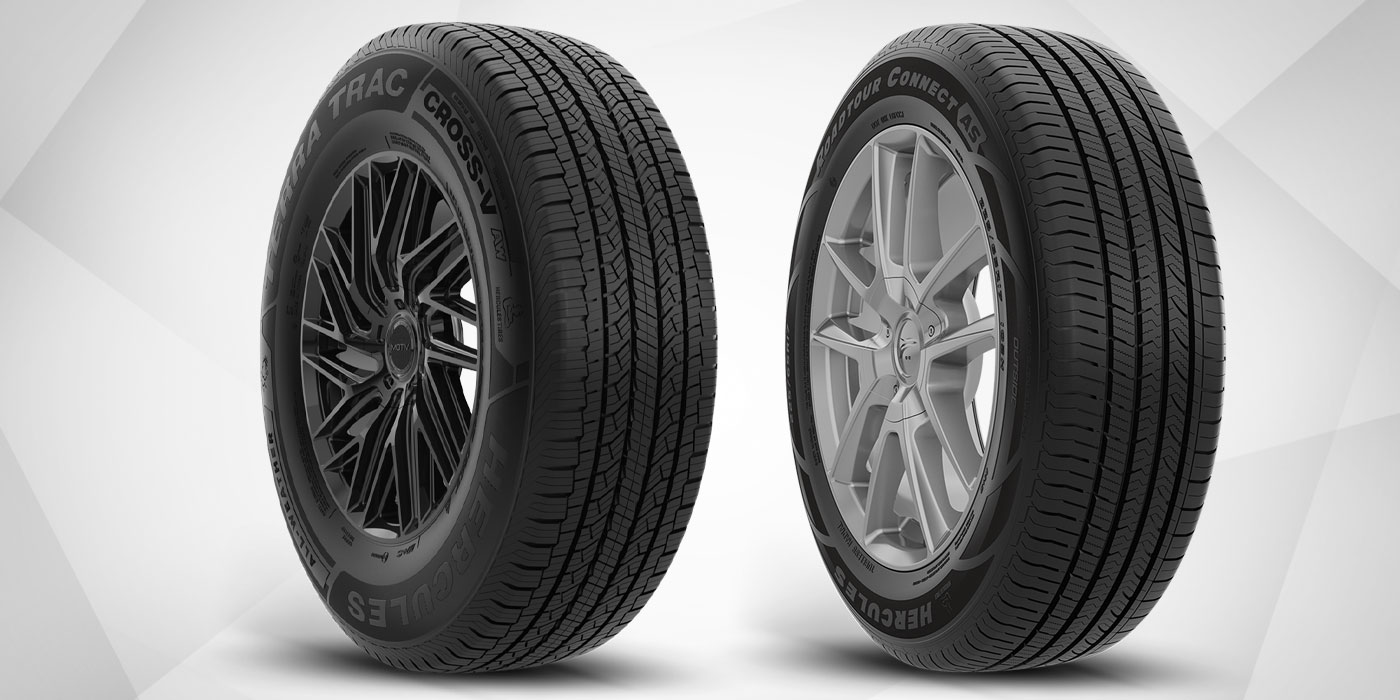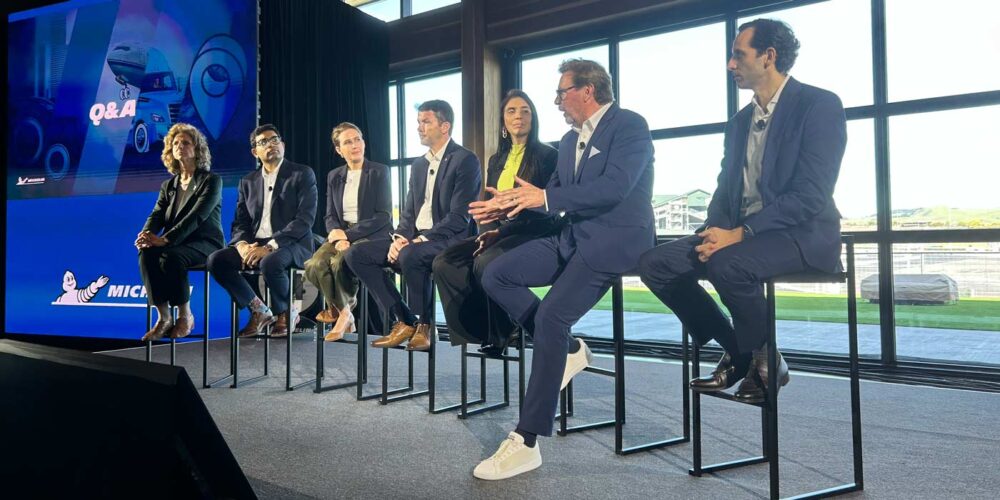If you missed the news, it’s no longer legal to use lead wheel weights in Europe. So, what should that mean to you? Start planning now for the same thing to happen here. Already, wheel-weight maker Perfect Equipment Co. is producing zinc clip-on and steel adhesive wheel weights for GM, Ford, and DaimlerChrysler vehicles being exported to Europe.
The company has also responded to a proposal from the EPA to come up with a workable plan to replace lead wheel weights with other materials.
“We’re suggesting a ‘phase out’ schedule that will provide two years for the makers of lead wheel weights to retool, another two years for our warehouse distributors to empty their warehouses of all lead wheel-weight inventory and two more years for tire dealers and associate dealers to properly dispose of their lead-weight inventory.” So says Mike Astorino, vice president of sales and marketing for Perfect Equipment.
The best guess is that the last “lead” wheel balance job in this country will probably take place in 2009. That’s if the EPA acts in a benevolent manner.
So why all the hubbub about lead in wheel weights? For openers, lead is not the friendliest element and is considered a toxin. For the makers of batteries and lead wheel weights, among others, there are many regulations involved with handling lead.
Lead has already been removed from paint, gasoline and some sporting ammo, so why not wheel weights?
The “eco” groups are actively demonstrating the potential danger of lead wheel weights coming lose, falling into streams and polluting waterways. Is that a stretch? Perhaps, but it will likely be enough to force the EPA into action. Gone will be lead, replaced by alternative materials such as zinc, currently the clubhouse favorite and markedly more expensive than lead.
Already, Minnesota has issued a ban on lead wheel weights on all state vehicles, as have Michigan cities Ann Arbor, Grand Rapids, Madison Heights and Romulus.
Ask Penny Baldwin, manager of Main Street Tire in Vancouver, Wash. “We’ve switched entirely to zinc weights,” she says. “You won’t find a lead wheel weight in our store.”
The owner of an off-the-car dynamic wheel balancer, a GEO Dyna from Hofmann, Baldwin says her techs routinely apply zinc clip-on weights to the outer and/or inner flange of a tire/wheel assembly. “There are no machine or balancing issues with zinc,” she says.
“We haven’t observed any noticeable difference between lead and zinc wheel weights when performing a balancing job,” she says. “We have noticed that the coated zinc weights are a bit larger and a bit harder. But they pound into the flange the same way as the lead weights, and our techs have not complained about any application or balance issues.” Case closed? Maybe, maybe not.
End of All Weights?
At Hunter Engineering, Dave Scribner, product manager for tire balancers, changers and brake lathes, is taking a different approach to the weight issue.
“This changes everything,” Scribner says, borrowing from an old Chrysler ad line. “When we knew the change from lead wheel weights to another element was coming, we began our homework to determine how this would affect balancing.”
Then a funny thing happened on the way to the laboratory.
“Everyone has worked for decades with the same method to determine the amount of wheel weight required,” he said. “Trouble is, this is a 25-year-old assumption that dates back to a time when the tires and wheels we were seeing were 15 and 16 inches in diameter.
“Of course, this is no longer true. Tires and wheels are now larger, wider, taller and heavier, and the owners of these combinations do not want their wheel weights to be visible. In other words, our ‘old’ calculations – still in service – continue to make assumptions about where to place a clip-on weight on a traditional 15- or 16-inch tire/wheel combination.
“Now, we’re beginning to move away from a strictly clip-on-weight world to one that includes tape weights behind the spokes and/or balancing jobs where there is almost no room to place a weight of any kind. The owner of a pickup truck with wildly negative offset wheels and one inch of backspace leaves us with little room to work. For these reasons and others, we’re rethinking the manner in which tires/wheels should be balanced,” says Scribner.
Not too many years ago, static balance was the only way to handle a tire/wheel combo. Then, the two-plane dynamic balancer was invented, and, almost overnight, that was the only way to fly.
But, now, Hunter and other balancer companies are on a new trail. “We believe weight should be added only if the static and coupled forces need to be fixed,” Scribner says. “For example, we know that when a vehicle is a quarter-ounce out of dynamic balance, the driver won’t feel it. The vibration component that creates vehicle shake is caused primarily by a static imbalance rather than a dynamic irregularity. Its our job to cancel the offending force and bring it back to compliance.
“Rather than look at static or coupled correction as a single entity, we must look at them individually, as balance forces. We have concluded that, if the force is not exceeded, no weight is needed. Adding balance weight in this example is a waste of time, according to our findings,” he says.
“Keep in mind that we are now dealing with wheel weights of varying densities, sizes and increments and many wheels with a nearly indistinguishable outer flange. We can continue to hang weight on the inner flange and behind the spokes on these wheels, but is this a good answer?
“As we transition to zinc and other materials, such as steel and tin, there will be a learning curve,” says Scribner, “but it will be almost painless.”
Does anyone agree with Scribner? He says yes. “The tire companies love it, the car companies love it and the dealers who have seen it agree.”
Heavy Metals
But, be careful not to confuse the issue of getting rid of lead weights and discovering a new way to balance tires and wheels. The two subjects, though seemingly separate, have been connected by Scribner, who is studying both matters at the same time. That’s what a pure scientist does; it just takes the rest of us a while to catch up with such advanced thinking. He knows, for example, that a less dense, one-ounce zinc weight will be 25% larger than a one-ounce lead weight.
“When we unveil our solution, we believe it will be easier to operate the balancer at a zero reading on the first spin,” he says. “For one thing, the balancer will no longer read zero; it will read ‘OK.’ We used to talk about correction weight. Now, we’re talking about force limits. Those 25-year-old assumptions are about to be superceded.”
Yet even in Scribner’s words, this is going to be controversial. “We’re only weeks away from showing our findings to everyone,” he says. “Largely, this will be a software upgrade for most of our balancers. The upgraded machines will display completely different balance weights.”
Meanwhile, Trax, a European firm that began working with tin wheel weights, is now concentrating on zinc clip-on weights. Remog from Italy likewise has settled on zinc clip-on weights along with tin adhesive weights. Undeniably, all lead weight replacements will be larger, according to the Table of Elements, and that will never change.
Elsewhere, Dionys Hofmann’s, another European balancing weight company, produces about 450 million weights a year. Two years ago, lead weights made up 90% of its production, the remaining 10% being zinc. Today, the company has almost completely switched to zinc, with just 30 million lead balancing weights produced annually.
German manufacturer Jansen & Buscher exclusively produces stainless steel (chrome and nickel) wheel weights, and the Japanese firm Azuma has been producing steel clip-on weights since 2001.
Regardless of the talks between the EPA and tire industry groups, though, you can fully expect the industry will get the lead out – sooner rather than later.













